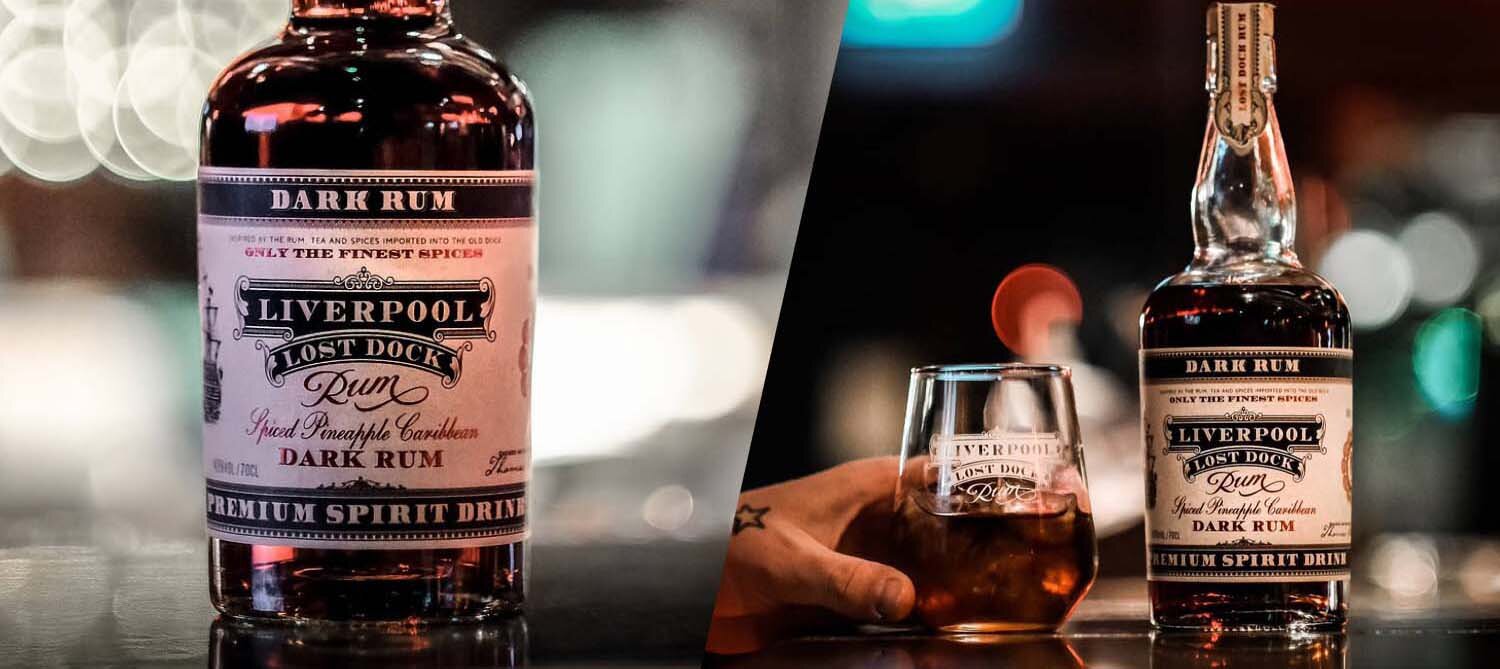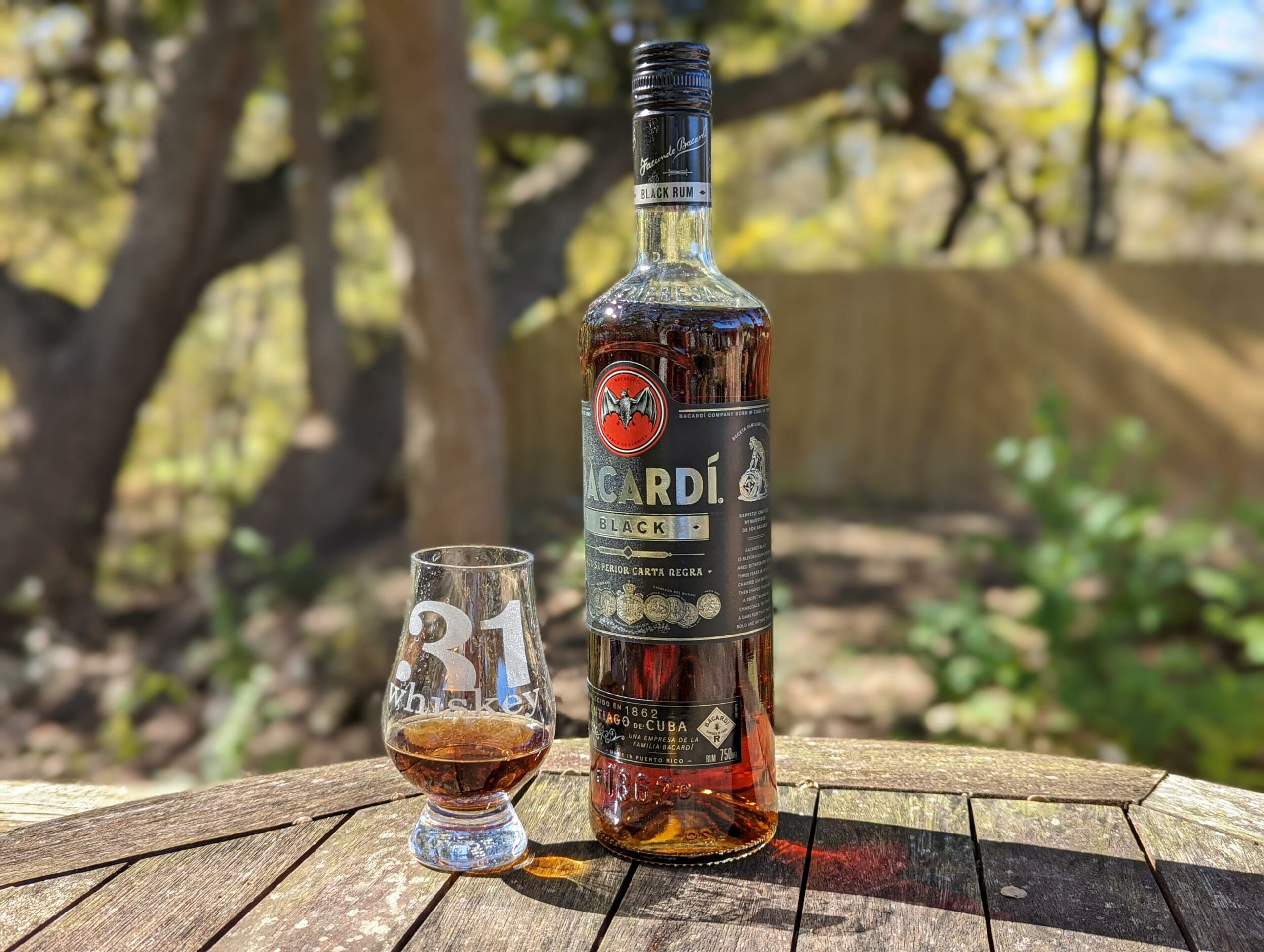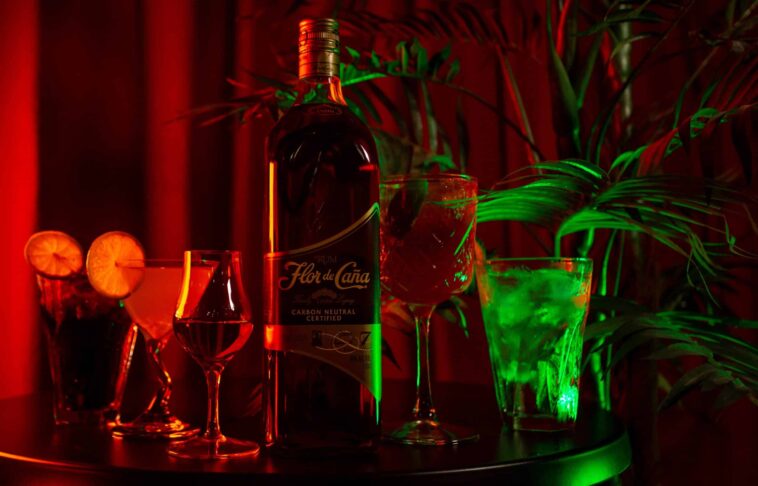Key Takeaways:
- Grasping the essential elements that define dark rum’s rich palette.
- Interpreting rum labels correctly for age statements and origins.
- Recognizing the aging process’s impact on dark rum flavors.
- Identifying personal taste through rum sampling.
- Understanding the relationship between price and quality.
- Selecting rums adaptable to cocktails and sipping.
- Utilizing recommendations and reviews from rum communities and experts.
In the vast ocean of spirits that one might hope to collect in a home bar, dark rum is a treasure rich in history, flavor, and mixability. Dark rum’s allure is the promise of a well-traveled spirit that warms the palate with robust flavors of molasses, spices, and sometimes even smoky oak. The discerning collector knows that what rests in the dark glass bottles is more than just an alcoholic beverage; it’s liquid history. For anyone looking to complement their array of spirits, learning how to pinpoint the perfect bottle of dark rum can be a rewarding quest that pays off in every smooth sip. Below are some tips to navigate this journey and add the right dark rum to your home bar collection.
Understanding the Basics of Dark Rum

At its core, dark rum is celebrated for its prolonged maturation in charred barrels, which imparts its distinctive dark color and complex flavor profile that spans from sweet molasses and ripe fruit to spicier wood notes. Dark rum’s versatility comes from this rich flavor palette, making it a spirit that can be relished neat or starring in a mixologist’s concoction. The first step in selecting a dark rum is recognizing its aging process and knowing that different types of barrels, whether American oak or French limousine, weave their threads into the flavor tapestry. Additionally, the varying climatic conditions where the rum is aged—often in tropical locations—play a pivotal role in molding its character, as the heat encourages quicker interaction between wood and spirit, developing an intricate bouquet of flavors.
Reading the Labels: Age and Origin
The age statement on a bottle of rum may sometimes be a red herring. Unlike whiskey, where age might linearly correlate with quality, the tropical aging of rum means that a shorter maturation period can yield a depth of flavor equivalent to a much older spirit aged in cooler climes. Paying attention to details such as the ‘solera’ aging system—where rums of various ages are blended—can also guide your choice. Moreover, the country of origin provides clues to the production process and resulting flavors. A rum from Guyana or Venezuela, governed by their solitary distilleries, offers a consistency in taste while island nations like Martinique, with their ‘rhum agricole’, present rums with a grassier and often more floral profile.
The Influence of Aging on Flavor

The aging environment is pivotal to the final character of a dark rum. The balmy, humid conditions in tropical regions drive an intense aging process, resulting in full-bodied rums with pronounced flavors that may include everything from dried fruits and sweet caramel to exotic spices. The choice of cask for aging further influences the rum, with former bourbon or sherry barrels introducing layers of vanilla, coconut, or nutty notes into the dark rum. Understanding these nuances will guide an aficionado in selecting a rum whose taste resonates with their palate and is a worthy addition to their home bar.
Flavor Profiles: Tasting Before Buying
The valuable endeavor of tasting dark rum before purchase allows one to develop a palate attuned to the nuances of this spirit. If available, it is essential to participate in rum tastings, as they shed light on the vast spectrum of profiles a dark rum can possess. From the heavy and smoky to the light and fruity, each rum tells its story and boasts a unique flavor profile. Events like tastings help refine your preferences, directing you toward a profile that appeals to your taste, ensuring that the dark rum you take home will be one that truly delights.
Price Points and Investment Bottles

The pricing spectrum of dark rum can be both a guide and a puzzle for the buyer. While a high-priced bottle may be a badge of quality, encompassing intricate distillation methods and prolonged aging in fine casks, it is not always the be-all and end-all. Many reasonably priced dark rums carry the hallmark of exceptional taste and craftsmanship. Exploring bottles across price points can reveal undiscovered gems that offer an excellent balance between quality and value. Those looking to splurge might opt for rums designated as ‘investment bottles,’ often rare or special editions that hold the potential to increase in value or deliver an unparalleled tasting adventure.
Cocktail Readiness: Versatility in Mixing
While some rums shine in the complexity required for a neat pour, others display their strengths as mixers in classic cocktails. Understanding the mixability of dark rum is crucial for predicting how well it will work in your favorite drinks. A versatile rum can amplify the essence of a cocktail without losing its identity, whether adding a rich layer to an opulent ‘Rum Runner’ or providing a spicy counterbalance in a ‘Jungle Bird.’ The rum’s role in your home bar should reflect its ability to adapt to various recipes, providing the perfect blend of versatility and distinctive character.
Community and Reviews: Seeking Recommendations
As the rum aficionado community continues to grow, leveraging the collective knowledge of these enthusiasts can be invaluable. Online forums, social media groups, and dedicated rum blogs are treasure troves of information where members share their tasting notes, reviews, and recommendations. By engaging with fellow rum lovers, you gain insights into which bottles are cherished for their complexity, mixability, and overall quality, which can greatly inform your purchases and enhance your home bar.



